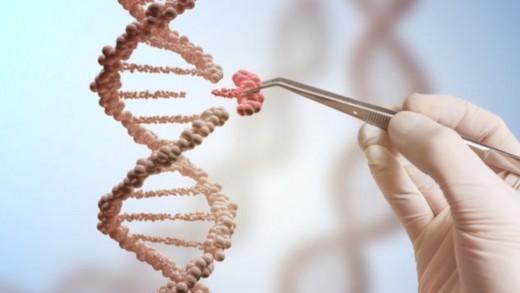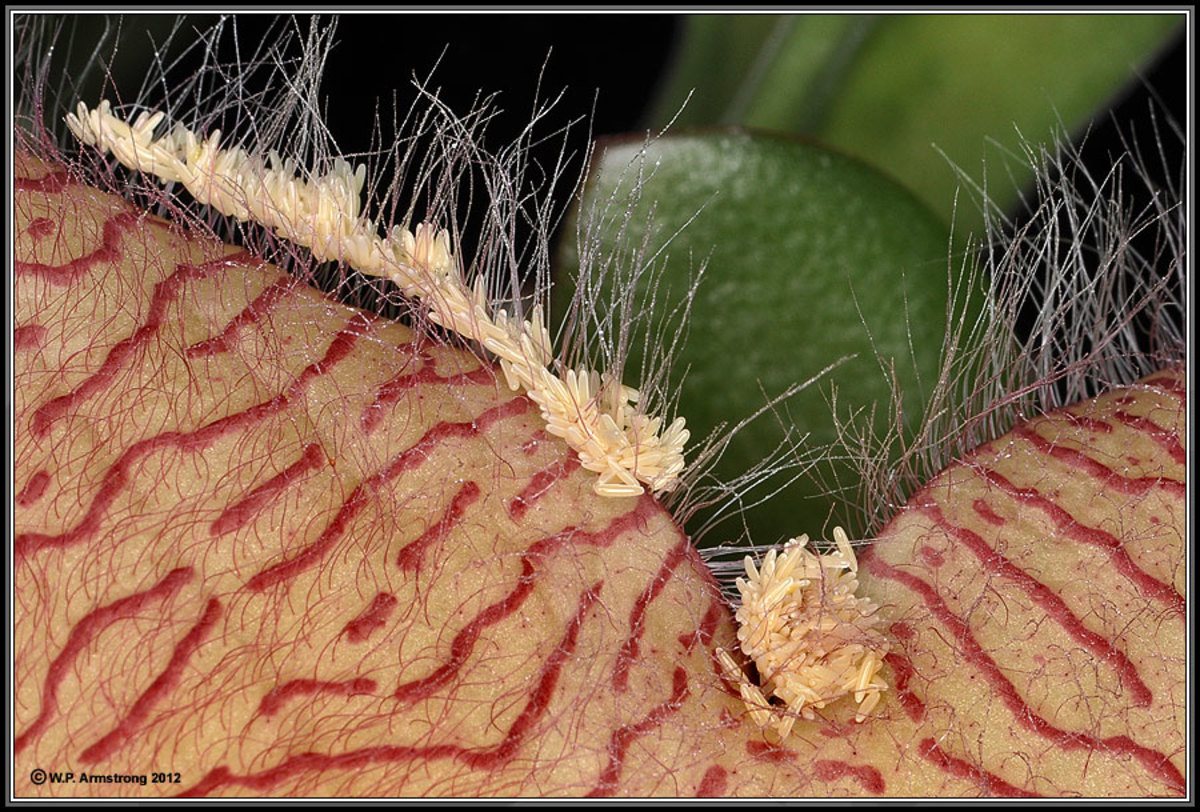Crispr Tools - Gene Editing for Plant Breeding and Medicine

Relevance of molecular tools
In recombinant DNA technology and genetic engineering, recent well appreciated technology is the CRISPR (pronounced as "krisper") tool. It is as simple as rearranging of chapters and removing short stories of a magazine by the editor, CRISPR tool allows to edit the DNA. It is a targetted genetic code editing procedure by which the genome sequences are altered for the desired form of the genome for the desired result with precision to design required proteins. Thus, you call it “crispy genetic engineering”. You may view it similar to a by-pass surgery of cutting blocked veins and by-passing or a copy editing and proofreading of articles, CRISPR removes specific sequences. However, this metagenomic tool is going to create extraordinary results in the fields of plant biotechnology and medicine.
CRISPR stands for Clustered Regularly Interspaced Short Palindromic Repeats. As the name denotes, those are short RNA sequences. The success of the methodology is due to its high level of reliability of action at targetted locations. Recently, scientists from California were successful in editing the bacterial chromosome itself using the CRISPR tools.
CRISPR technology
Discovery of CRISPR methodology has obtained an overwhelming response from biotechnologists. Mr Yoshizumi Ishino of Osaka University, Japan in 1987 had discovered these in Escherichia coli bacteria. Later, in 2012, Ms Jennifer Doudna and colleagues from the University of California have observed that the CRISPR Cas can be used for gene editing and later they were honoured with Breakthrough Prize in 2015 for this discovery.
The recent trend among the plant biotechnologists is utilizing this tool in their research. In China, by using this method, human problem-solving experiments were done on animals successfully. China is now leading the global CRISPR based genetically modified plant varieties of crops and planning to polarize the vegetable market with desired quality using this technology.
Days are fascinating in China where biotechnologists feel enthusiastic in editing the genetic codes in the computerized biotechnology laboratories.
The CRISPR and associated proteins are called CRISPR/Cas system. Here Cas means ‘CRISPR associated’. There are three types of CRISPR/Cas, which are now available (type I, II & III), of which type II is the most efficient one. They are simpler tools on one hand and are precise on the other.
Even though it has become highly popular now, this system is not new. It was already present in the bacteria developing immunity against viruses. These are considered superior to restriction enzymes due to easy programmability, fast generating capability and high efficiency in producing a large number of desired genetic codes. There are single-stranded and multi-stranded molecules of these sequences. Thus, production of CRISPR is also simple utilizing bacterial cultures for CRISPR Cas proteins.
Applications
Utilizing the CRISPR tools, the embryos can be subjected to treatment with CRISPR/Cas and undesired genetic disorders can be cured to produce healthy babies.
There is a lot of hope in the use of the technology for cancer immunotherapy, allergy-free food, superior breeds of pets with immunity, better quality crops, eradication of vector insects, pest-resistant varieties, suppression of undesired flavours, increased shelf-life etc.
Novel precision medicines may be produced with CRISPR Cas to act on molecular changes in microbes for generating recombinant DNA.
In the plant biotechnology, incorporation of recombinant DNA in living plant cells and culture them into desirable plant varieties has great hope. It is now being indicated that China is capable of expressing world leadership in genetically modified plant varieties, as they have legalised GM varieties.
In the field of transcriptome regulation, epigenomics and gene editing CRISPR is revolutionizing with quicker results.
These RNA molecules of immune system development are growing in a great popularity among biotech laboratories. These are now developing to form a separate branch of biotechnology. These methodologies are applicable to all biological systems including human, plant and microbial systems. Being cheaper than restriction endonuclease but more precise than that in performance, CRISPR are becoming potential tools of structural biology or genetic engineering.
In India too, research is going on with CRISPR at Indian Institute of Agricultural Biotechnology, New Delhi and Indian Institute of Maize Research, PAU, Ludhiana. Let us hope that even though genetically modified, this non-recombinant DNA technology would make Indian agriculture prosper.
Conclusion
Combining the power of bioinformatics and molecular biology, the present biotechnology research is getting equipped and empowered to utilize the modern tools for desired results. Not only that these are producing the desired result, but at a greater pace. Just like the cloning of Dolly sheep, the CRISPR tools are going to create wonders.
This content is accurate and true to the best of the author’s knowledge and is not meant to substitute for formal and individualized advice from a qualified professional.








